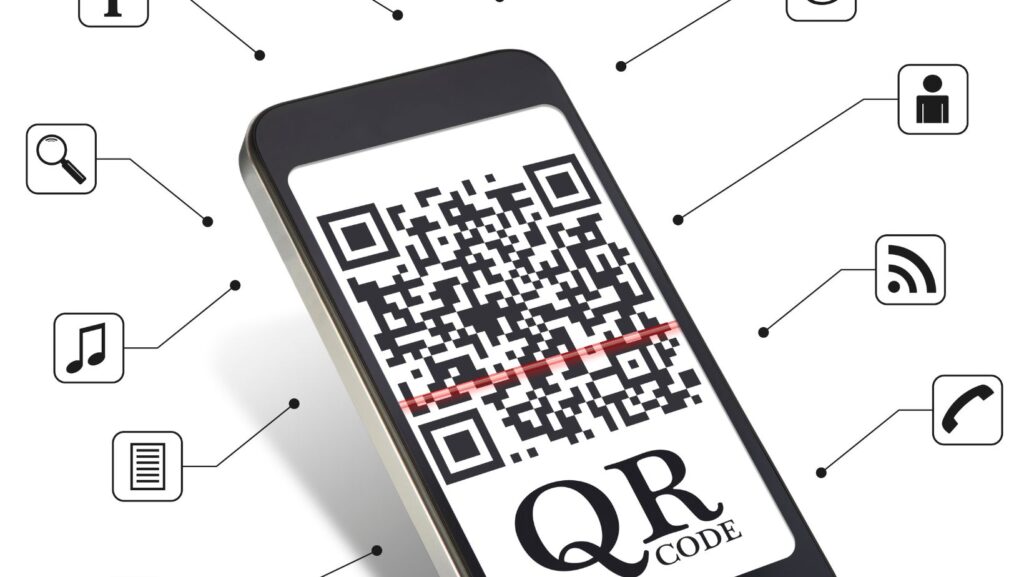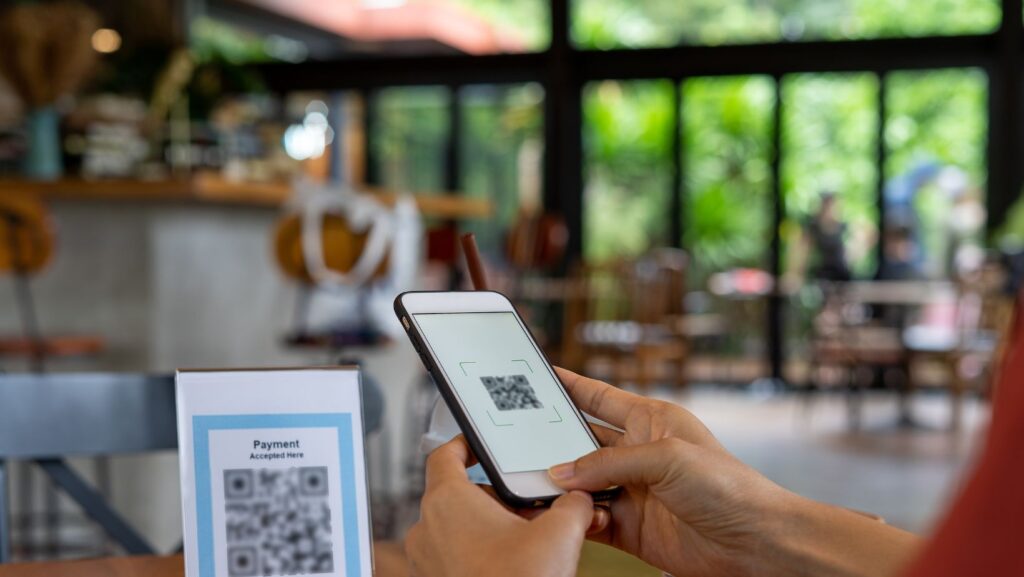
Here’s how the finance industry is being completely revolutionized with the growing use of QR codes.
In an industry built on trust and accuracy, the financial sector is leveraging QR codes in finance in innovative ways to make interacting with its customers easier and safer. The small scannable codes making an appearance on the banking app, contactless payments or loan applications are one of the innovative ways institutions are allowing digital solutions to be executed without compromising regulatory frameworks and user trust.
A New Channel for Financial Engagement
Originally created for factory floor tracking, QR codes have evolved into a powerful tool for bridging offline and online interactions. In finance, they’re enabling contactless payments, secure document downloads, ATM operations, and account sharing—all with a tap.
Their popularity soared during the pandemic, when banks needed touch-free solutions for loan documents and cardless transactions. Today, their use continues to grow as financial institutions strive to offer frictionless services while maintaining high-security standards.
What Makes QR Codes Tick in Finance
Dynamic versus static codes is another distinction to be made. While static QR codes can not be remotely updated, dynamic QR codes can be dynamically changed, which makes it convenient for banks to put in time-sensitive URLs to drive transactions or promotion-related information.
However, the most interesting applications of QR codes in banking are when banks can tie them to data flow, customer engagement and transactions. By adding tracking parameters, banks can capture footfall in branch locations, monitor customer behaviour and emotional wait times, and reduce in-branch redundancies and delays.
The Bank for International Settlements (BIS), in a recent report, noted the uptick in digital payment adoption worldwide and the proclivity of customers to use mobile and QR codes for payment service-related information and interactions in select countries. It signals towards adoption of QR codes in banking.
How Finance Institutions Put QR Codes to Work
Mobile Wallet and Payment Integration
QR codes enable tap-and-go ATM or point-of-sale transactions with less card skimming risk and link to mobile wallet apps. Users access secure PDF statements or digital brochures via in-app QR codes.
Branchless Banking Services
QR codes’ bank automation includes easing account setup via ID forms and video chat links driven directly through scanned QR codes. Credit unions even mail postcards (QR codes included) that deliver applicants to secure onboarding platforms for account setup without any manual input.
Marketing and Campaign Tracking
Use QR codes within printed offers to direct customers to promotions, investment platforms and lending opportunities, proactively measuring scan data for follow-up actions to better match an uptick in customer needs.
Trust at the Heart of QR Code Use
Trust is non-negotiable in finance. While QR codes must be convenient, they must also be secure. Deloitte’s Digital Banking Maturity 2022 study shows that the most advanced banks are defined by strong customer experience pillars, especially security, account management, and authorisation. This finding underlines why financial providers adopting QR codes must pair innovation with transparent, secure practices.
By generating codes through trusted platforms and guiding clients to scan only official channels, institutions can mitigate phishing risks and strengthen long-term confidence.
The Future of QR Codes in Financial Services
Looking ahead, QR codes are poised to become even smarter. Expect integration with multi-factor authentication—where a scanned code initiates a secure login. AI tools could detect suspicious scan behaviour in real-time, blocking potentially fraudulent access.

Smart contracts and blockchain may add verification layers, confirming a QR code’s authenticity and preventing counterfeiting. And with the rise of digital wallets and embedded banking, QR codes could act as gateways to personalised dashboard features or loyalty-linked offers.
Conclusion
QR codes are more than just a convenience—they’re transforming how finance institutions connect with customers. By combining security, analytics, and seamless interaction, QR codes in finance are reshaping service delivery. As financial services become increasingly digital, the organizations that embrace these tools will deliver not only efficiency, but elevated trust and engagement in every client interaction.















